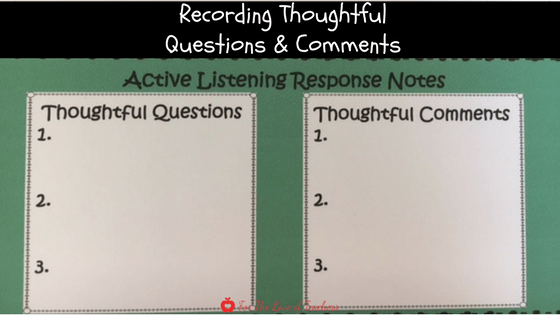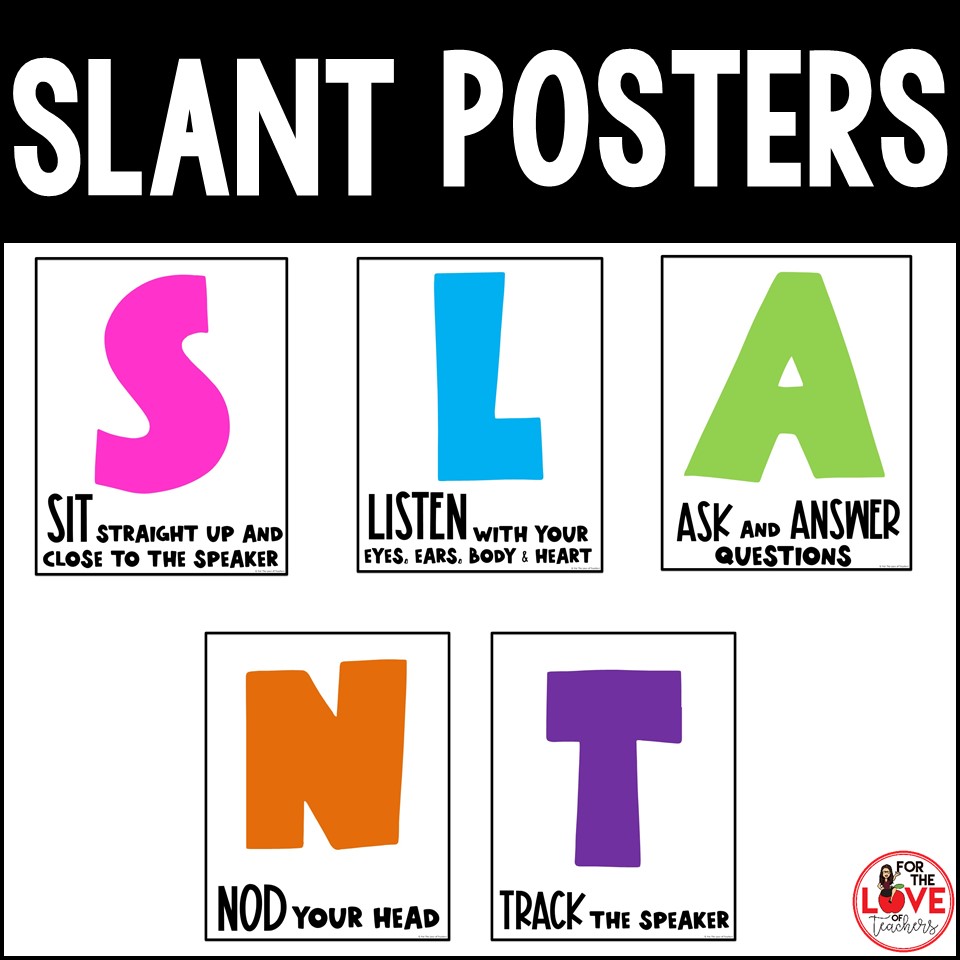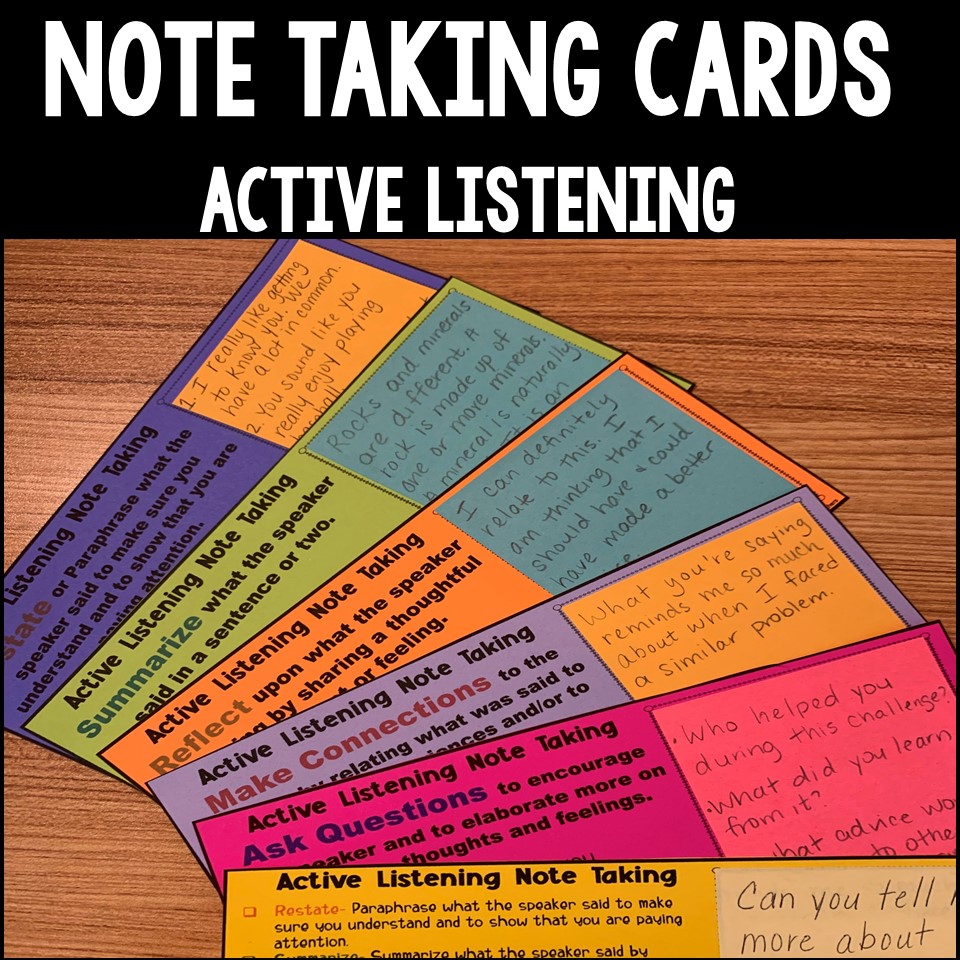Effective strategies to empower students to become active and tentative listener
We can all tell, whether a child or an adult when someone is actively listening. We can tell from the eye contact to the body language, to the facial expressions, and then finally the response one gets in return. All of us want to be heard and for our words to be understood. Active listening is an essential life skill as it helps both adults and students learn and build healthy and positive relationships with others.
Now imagine a classroom full of active listeners. Students listen intently, participate, and engage in what the speaker is saying. A teacher’s dream, huh?! When students know and feel that they are heard and understood, they are more likely to engage. Teaching, modeling, and providing guided practice in active listening transforms students into active listeners.
Teaching Your Students to Become Active Listeners
Introduce The Roles: The Sender and the Receiver
The sender is the person speaking and the one who is giving the information. The sender could be the teacher, a student, a presenter, etc. The sender’s job is to speak clearly, deliver the information, and engage the audience.
The receiver is the one receiving the information and is the active listener. The receiver’s job is to actively listen to the sender, process the information, make sense of it, and respond. This is challenging for many students and needs to be taught and modeled with a lot of guided practice. Here are some strategies that you could implement in your classroom to promote active listening.
1. SLANT is one of my favorite strategies for students to practice active listening. Post these posters in your classroom and remind students to LIVE by it!
Sit up straight and sit as close to the speaker as you can.
Listen with your eyes, ears, body, and heart.
Ask and answer questions.
Nod your head showing that you are receiving.
Track the speaker with your eyes.
2. Establish and Follow Rules for Active Listening
Always face the speaker and maintain eye contact.
Be attentive and engaged (listen with your eyes, ears, body, and heart).
Try to feel and understand what the speaker is saying.
Don’t interrupt the speaker.
Wait your turn to ask thoughtful questions or comments.
Give the speaker feedback.
3. Active Listening Practice
Always review with students that there are 4 ways to listen, with our eyes, ears, body, and heart.
Remind the receivers that to understand what the senders are saying, they’ll need to really listen and pay attention. It takes practice like any other skill.
Pair students up to practice listening skills, one student being the sender and the other being the receiver.
Students take turns telling their partner about one of the following, a happy memory, a funny story, or a proud moment.
Instruct the receivers to look at the senders (eye contact), ask thoughtful questions about what the sender is saying after he/she is done speaking, and show they are interested in how they look and how they act using SLANT.
Give students about 5 minutes each to tell their stories.
Have students volunteer to demonstrate their listening skills by sharing a story they heard from the senders.
4. Active Listening Note Taking- Thoughtful Questions & Comments
Another way to have your students practice active listening skills is to have them do some note-taking. I give my students Active Listening Note Taking Cards to first practice recording thoughtful questions and comments while listening to promote active thinking and listening. Note-taking often eliminates student distractions as they are focused on the speaker and the note-taking task at hand, plus they have their questions and comments ready when the speaker is ready. Teach students to practice active thinking and listening so they bring more to the discussion. I let my students know when I’m ready for thoughtful questions and comments and they will show me a “Q” if they have a question or a “C” if they have a comment. They might even use both their hands to show that they have a question and a comment (see 7 signs/hand gestures for Classroom Management posters here).



Comments
Post a Comment